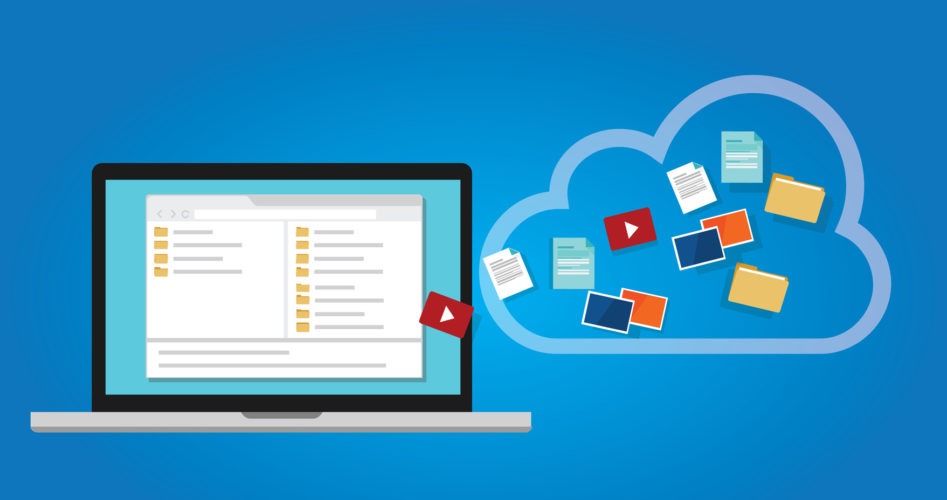The Best Ways to Manage Your Cloud Storage
Have you been using cloud storage in your organization?
The cloud is a great tool and has been valuable for everyone utilizing it, especially businesses and IT professionals. But those pesky “storage full” messages aren’t so fun.
What can you do about it?
You could pay for more storage… again? Or be forced to organize and manage your data in different cloud sources? But whose job is it to keep track of all of that?
Those aren’t ideal solutions.
In this article, you’re going to learn the best ways to manage your cloud storage in a way that won’t make you want to pull your hair out.
How to Manage Your Cloud Storage
First, you need to get on cloud storage if you don’t already use it. You can even just start out with simple apps like Dropbox, Google Drive, or OneDrive. These are very easy to get going.
Using cloud storage will ensure your valuable documents and files aren’t lost forever if something unusual should happen… like your hard drive crashes.
Let’s be realistic here, your hard drive will eventually crash and it always happens when you least expected it or when you were just about to finally switch over to that cloud storage space.
Once you’re using cloud storage it is helpful to make sure you don’t have any duplicate files or unnecessary documents taking up space.
You just need to log into the storage application and clean up in there a bit. Again, Dropbox, Google Drive, and OneDrive are easy to navigate.
Maybe you’ve got storage in a few different places and you need a way to organize it all in once space.
Or you need a system to ensure your data is totally safe. Or you really need a good way to enable multiple devices to access the information in your cloud and for multiple employees to access it anytime they need it.
Hybrid cloud storage could help with this.
What is Hybrid Cloud Storage?
Hybrid cloud storage combines all the good reasons to have your documents stored in the cloud while attempting to combat with its shortcomings, like security or latency.
It puts all of your cloud storage into one place so you can easily manage and organize it. There are many options out there.
Finding the Right Management System
Are your documents stored out all over the place, still needing once central home where you know they are safe, organized, and accessible?
Maybe you’re using a storage management system that just isn’t working out for your needs?
Try HubStor, the cloud management system IT leaders choose and trust.
With HubStor you will see a dramatic reduction in storage and backup costs with our tiering, deduplication, and compression systems.
Compared to on-premises storage, our customers spent 76 – 87% less in storage costs.
You can egress and recover your data from our service at any time, we put you in complete control.
And you only pay for what you use.
No contracts. No cancellation fees. Zero lock-ins.
Click here to learn more about Hubstor.









